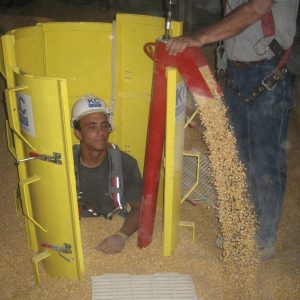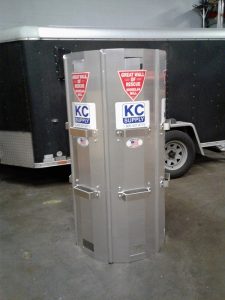Equipment maintenance is necessary for all industries to ensure optimum performance and productivity. A conveyor belt is of no exception. If you are an equipment manager, it is your task to inspect your equipment regularly. This will prevent breakdowns in production, damage, and unnecessary expenses to your company.
Why maintenance is necessary:
- A regularly inspected conveyor belt will result in peak efficiency. It ensures that you meet your productivity goals for the day. A malfunctioning belt will slow down your production, throw off a whole day’s operation, incur huge costs, and cause unnecessary delay.
- It will save you money. If you don’t want to spend on repairs or the cost of buying a brand new belt, inspect the one you currently have regularly. Know how to clean the conveyor belt properly and fix minor problems to lengthen its service life and keep it in top working condition.
- Workplace safety. A well-maintained belt spells safety for your workplace and employees. Take the time out to check the condition of your equipment. Some parts may need to be replaced or cleaned to ensure its proper working order. A malfunction caused by faulty parts may result in an accident or even death.
Keep a close eye on your belt to catch small problems before they escalate into bigger issues, which take more time and money to repair. A simple ocular inspection of visible parts and surfaces is enough. Be vigilant, check your conveyor belt for any sign of wear and tear, and know when a detail is out of the ordinary.
Some common issues to look out for are belts that do not run straight, broken bearings, damaged fabric, blocked rolls, or a belt that is regularly slipping or catching. Check the bearings or other parts of the belt to see what is causing the problem. If these are in good condition and yet the problem is still there, check each part of the machine carefully.
For more information about conveying equipment and all your conveyor belt needs, check out KC Supply’s website.




 Personal Protective Equipment is commonly known as PPE. It is worn to reduce exposure to
Personal Protective Equipment is commonly known as PPE. It is worn to reduce exposure to


 In what is fast becoming an annual tradition, agricultural professionals and industry leaders join forces in support of Grain Bin Safety Week, to be held on the 16th to the 22nd of February, 2020.
In what is fast becoming an annual tradition, agricultural professionals and industry leaders join forces in support of Grain Bin Safety Week, to be held on the 16th to the 22nd of February, 2020.